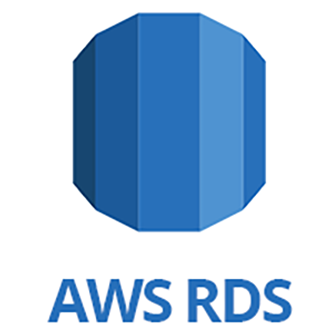Rds
07 Jun 2019Moving to RDS
A cloud administrator uses Amazon RDS to set up, manage and scale a relational database instance in the cloud. The service also automatically backs up RDS database instances, captures a daily snapshot of data and retains transaction logs to enable point-in-time recovery. RDS also automatically patches database engine software.
To enhance availability and reliability for production workloads, Amazon RDS enables replication. An admin can also enable automatic failover across multiple availability zones with synchronous data replication.
An AWS user controls Amazon RDS via the AWS Management Console, Amazon RDS APIs or the AWS Command Line Interface.
 site: google-Image
site: google-Image
A database administrator can create, configure, manage and delete an Amazon RDS instance, which is a cloud database environment, along with the compute and storage resources it uses. Depending on which database engine an admin chooses, he or she can spin up multiple databases or schemas.
Amazon RDS limits each customer to a total of 40 database instances per account. AWS imposes further limitations for Oracle and SQL Server instances.A user can only have up to 10 of each.
Amazon RDS database engines.An AWS user can spin up six types of database engines within Amazon RDS:
- RDS for MySQL : compatible with the MySQL open source relational database management system.
- RDS for PostgreSQL : compatible with the PostgreSQL open source object-relational database management system.
- RDS for MariaDB : compatible with MariaDB, a community-developed offshoot of MySQL.
- RDS for SQL Server : compatible with Microsoft SQL Server, a relational database management system.
- RDS for Oracle Database : compatible with several editions of Oracle Database, including multiple bring-your- own-license and license-included versions, and
-
Amazon Aurora : compatible with MySQL and PostgreSQL, a proprietary AWS relational database engine.
Amazon RDS adds support for major and minor versions of database engines over time, and an admin can specify an engine version when he or she creates a database instance. In most cases, Amazon RDS can support developer code, applications and tools that are already in use with existing databases.
AWS provides other database services, such as DynamoDB for NoSQL databases, Amazon Neptune for graph databases and AWS Database_Migration Service_ to ease database transfers and transformations.
Thank you for reading my post. Keep Scrolling..
***